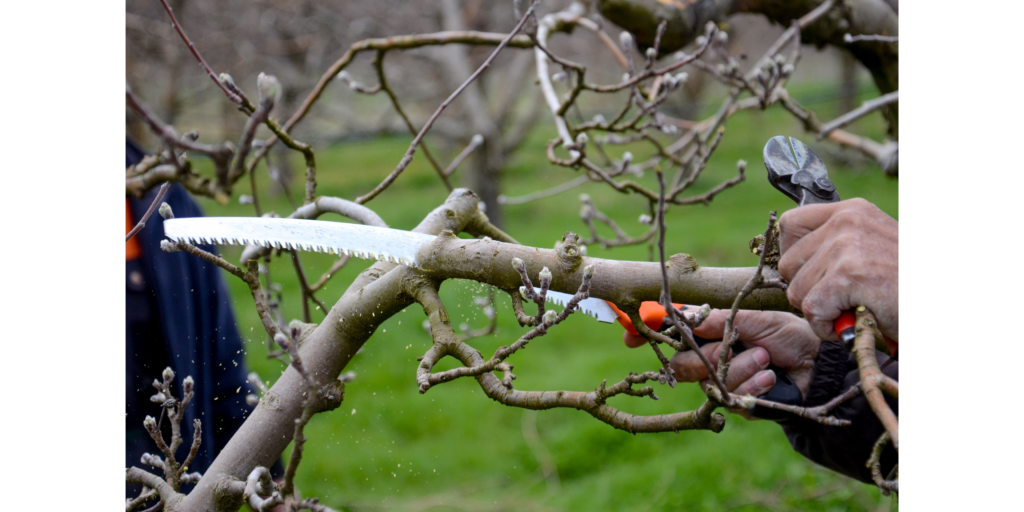There are many desirable traits people seek when planting a new tree; pretty fall foliage, flowers in the spring, birds or wildlife attraction, shade your deck in the summer, or provide a screen for privacy. As arborists, we consider another aspect quality that most customers may not consider, good structure. Let’s take a look at preferred tree structure, common structural issues with certain species in our area, and how we help mitigate those problems.

What makes a good structure and why is it important?
Each species has its own unique structure and is one of the many ways we identify tree species. An ideal structure for a tree is one main trunk and lateral branches that are smaller in diameter. When you have multiple trunks that are similar in diameter, these are called codominant stems. The union between them is often very weak, which makes these trees more prone to failure during storms or high winds.
Red Maples

It’s extremely common in our area to see trees that are broken in half or large portions that have split off the tree after large storms or high winds. Most of the time, this occurs in specific species, such as the Bradford Pear or Red Maple. The reason? Poor structure.
Subordinate Pruning

Subordinate pruning is a type of structural pruning that we begin with younger trees to promote an ideal structure over a period of time. If done early in the tree’s life, we can avoid tree removal costs and mitigate storm damage that happens with a weak structure.
We are currently going through our past subordinate pruning jobs and reaching out to customers who are due for a check-up and possibly another prune. Sub-prunes should be done every 2-3 years until a proper structure is established.
Cherokee Tree Care has certified arborists on staff who care about trees and educating our customers. Contact us if you’d like help with your trees and shrubs this season!

